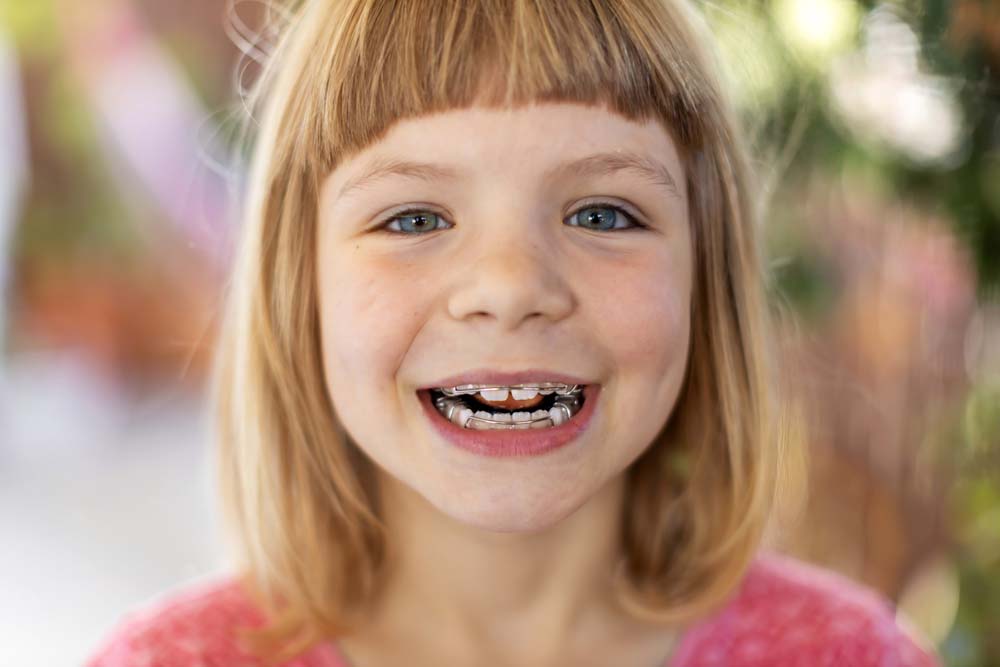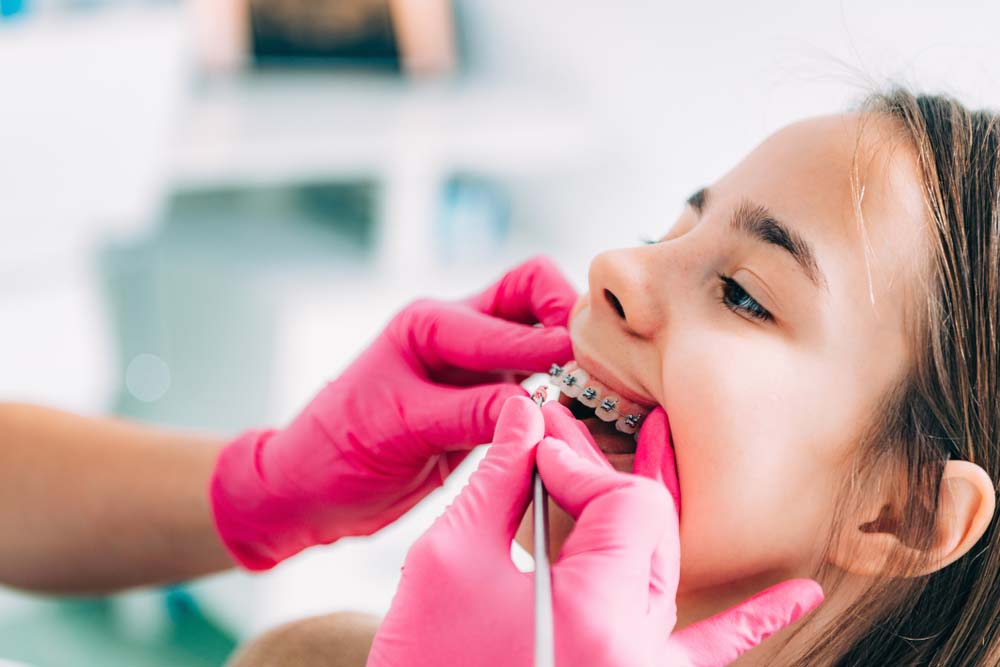Orthodontic Treament Phases
Orthodontic treatments are highly successful and may occur in either two or three distinct phases.
Orthodontic treatment is highly predictable and immensely successful. Depending on the severity of the malocclusion (bad bite) or irregularity, orthodontic treatments may occur in either two or three distinct phases.
The benefits of correcting misaligned teeth are many. Straight teeth are pleasing to look at and greatly boost confidence and self-esteem. More importantly, properly aligned teeth enhance the biting, chewing and speaking functions of the jaw. There are several types of irregularities, including:
-
Overbite – The upper teeth protrude further than or completely cover the lower teeth.
-
Underbite – The lower teeth protrude further than the upper teeth causing the chin to look prominent.
-
Crossbite – Some of the upper teeth may close inside the lower teeth rather than on the outside.
-
Overcrowding – Insufficient room on the arch causes some adult teeth to erupt incorrectly and become rotated.

Phase 1- The Planning Stage
Medical and dental evaluations
Dental and physical problems tend to go hand in hand. Problems in the oral cavity can lead to (or be caused by) medical problems.
The goal of this evaluation is to ensure that prior medical and dental issues are completely under control before treatment begins.
Study model (castings/bite impressions)
The patient is asked to bite down into a dental tray filled with a gel substance that hardens around the teeth. The trays are removed from the teeth and filled with plaster to create models of the patient’s teeth.
Study models enable the orthodontist to scrutinise the position of each tooth, and how it relates to the other teeth.
Panoramic X-rays
X-rays are fantastic tools for viewing potential complications or pre-existing damage to the jaw joint. X-rays also allow the orthodontist to see the exact position of each tooth and its corresponding root(s).
Photographs
Many orthodontists like to take “before, during and after” photographs of the face and teeth to assess how treatment is progressing, and the impact the treatment is having on the patient’s face shape.
Phase 2 – The Active Phase
All of the above diagnostic tools will be used to diagnosis and develop a customised treatment plan for the patient. Next, the orthodontist will recommend a custom orthodontic device(s) to gently move the teeth into proper alignment.
This orthodontic appliance may be fixed or removable. Most commonly, traditional fixed braces are affixed, which utilises individual dental brackets connected by an archwire.
i. Removable devices maybe recommended in certain circumstances, especially for younger children to aid in the correct development of the mouth prior to braces.
ii. As an alternative to fixed braces some patients are suitable for clear aligner treatments such as Invisalign.
All removable devices must be worn for a specified minimum number of hours a day to achieve the maximum benefit.
Whatever the orthodontic device, the orthodontist will regularly adjust it to ensure adequate and continual pressure is being applied to the teeth. It is essential to visit the orthodontist at the designated intervals and to call if part of the device breaks or becomes damaged.

Phase 3- The Retention Phase
When the teeth have been correctly aligned, fixed braces and removable devices will be removed and discontinued.
The most cumbersome part of the orthodontic treatment is now over. The orthodontist will next create a custom retainer.
The goal of the retainer is to ensure that the teeth do not begin to shift back to their original positions.
Retainers need to be worn for a specified amount of time per day for a specified time period.
During the retention phase, the jawbone will reform around the realigned teeth to fully stabilise them in the correct alignment.

